In this blog post, I will share my spiritual journey experiences at Somnath and Dwarka along with my parents. In our trip we explored the first jyotirlinga, “Somnath”, Krishna’s Nagri, “Dwarka” and last or 12th Jyotirlinga, “Nageshwar”. If you are thinking of exploring these places a long week’s leave is needed. Then my dear friend, you are wrong, it’s a 3-day trip, if you plan your trip as per the blog.
If you are travelling from Delhi, then plan for Ahmedabad via flight and from there board a train to Veraval Railway Station. If you go with this plan, you will be at Somnath till 4:00 Pm. The evening is yours, and here is what you can plan.
Day 1 (Evening)
Old Somnath
The old Somnath temple was reincarnated by Ahilaya Bai Holkar and maintained well. When you enter the campus, you can see the ancient era structure which is extremely beautiful. You can do “Pooja” on your own by pouring water, milk, and flowers. You feel so blessed after performing pooja. You won’t believe it; the cost of a globular water bottle (Lota in Hindi) is only Rs. 20/- and can get flowers for Rs. 30/-.
Somnath Beach
You can make your evening amazingly beautiful by visiting Somnath Beach. At the entry towards the beach, there are food corners where you can enjoy fast food and Gujrati cuisine. You can get shopping options too and the items are at a reasonable price. A long statue of Lord Hanuman is portrayed facing towards the sea. Enjoy the beach and try Horse Riding which costs Rs.100/- per person, Camel Ride costing Rs. 100/- for 3 people and 5 Minutes Ready Hardcopy Pic which gives nostalgic feeling. You can’t go to a room after 7pm at the beach for safety reasons. But the government has made a pavement beside the seashore where you can take a long evening walk and sit on the colourful chairs. While going back there are food corners which serves authentic Gujarati food in reasonable cost, must try “Golgappe” served in a different manner.
- Entry Timing: 6:00 AM to 7:00 PM
- Entry Fee: Rs. 20/-
Day 2
Somnath Temple
Begin your day with the blessing of Lord Shiva’s, this is the first Jyotirlinga among 12 jyotirlingas which was made by Lord Moon “Chandradev”. We first went to Old Somnath and then moved towards the New Somnath Temple Corridor which is opposite to the old one. You can take flowers, water and milk for Lord Shiva, but inside the premises phones, cameras and any electronic devices are not allowed. There is a locker which is free of charge to keep your stuff. I would advise you to carry cash in hand for purchasing packed “Prashad” from the counter which accepts only cash. The shoe counter is inside the premises itself, can carry while on return.
The LD TVs are installed where you can see Lord Shiva while standing in a queue. The lines of both male and female are separate. You can pour water and milk in one big bowl which reaches to shivlinga and placed the flowers at “Charanpaduka”. The corridor is very spacious, you can sit there and spend some time, seeking knowledge of 12 Jyotirlinga’s in India, and read the story behind the first jyotirlinga, Somnath. You can also feel the coldness in the temperature due to the seashore which you can view from the temple also. At the outside of the temple, you can purchase idols, photos, and many more religious things from the stalls.
Timings: 6:00 AM to 10:00 PM
Bandgangeshwar Mahadev/Shivling by Pandavs
We booked an auto to explore the beautiful city, and our next destination was Bandgangeshwar Mahadev which is “Swayambhu” means it was not man made. The Shivalinga is situated at the seashore, but you are not allowed to go and touch citing the safety issue. In few meters there are other 2 Shivlinga’s which was made by Pandava’s during their exile. If you visit in the morning, the waves are not in extreme way, so you can pour milk but take help of locals, as tides are too high. We bought one shell, and the shopkeeper broke in front of us, thus we got two real pearls. (For Video, Check Instagram Page: traveljunkies)
Bhalka Teerth
One of the famous temples in Somnath and at this place, the hunter fires the arrow at Lord Krishna’s foot while he was resting under the Piple Tree. The hunter was none other than “Bali” which was killed by Lord Ram in Satyug. You must have heard this story while watching or listening to Ramayan. At this place Lord Krishna tells all this happened at my will, and for us it shows karma returns.
In this temple the idol of Lord Krishna is in “Shayan Asan” means resting position. The tree is beside Krishna’s idol, and along with this the temple of Lord Shiva is also situated inside the temple itself which is spread across a vast area. Outside the temple you can drink lemon water, coconut water to keep hydrated and eat snacks as well.
Geeta Mandir
Our next stop was Geeta Mandir and while we were on the way we encountered “Sangam of River” but chose to visit the temple. In this temple you will find temples of so many deities, but the main point is Krishna’s Feet. If you want to do “Jal Abhishek” which chants, buy a ticket of Rs. 20/- per person.
The temple is situated at the bay of river and the view from the peaceful temple is serene. After taking blessings, we clicked some photographs and left for the next destination.
Triveni Sangam, Sun Temple, Hinglaj Devi & Kamnath Mahadev
We visited Triveni Sangam which is famous for the Salvation of your ancestors, and the priest perform pooja. There is a hut made for performing pooja, when I enter there, I feel like I am in a village. Coming out from there, there is a beautiful view of three rivers meeting together. The astonishing part is the ocean at the bay of river, which is not divided, yet ocean never meets with river.
On the opposite side of the Triveni Sangam, Somnath, we visited the temple of Sun and Hinglaj Mata Mandir. You only need to cross the road to visit the temple. There is a kund as well, but nobody knows the dept and water animals are there. Then we went to the cave of Hinglaj Mata which is Kuldevi of Pandava’s. To visit this temple only 5 people are allowed to go in one group, as devi maa sits deep in cave. If you have any breathing issue or fear of compact area, then avoid going inside.
On the return we drink lemon water and move towards the other temple which is beside the Sun Temple. The temple of Kamnath Mahadev, where the idols of ancient gurus are and 12 jyotirlinga are situated. If you want to pour Gangajal and perform pooja on behalf of family, you need to pay Rs. 100/-. If you don’t want to, pay a visit, take the blessings of Lord Shiva.
Moving forward we decided to have some ‘Pet Pooja’; thus, our beloved Mahesh Bhai (Auto Driver) took us to a restaurant which serves authentic Gujrati food, and the queue was long. The food was delicious, and you can refill your plate as many times as you want. In place of water, they serve “Chanch” which digests your food, and the cost is minimal.
Bhuleshwar Mahadev Temple
This is a hidden gem of Somnath and only a few people are aware of this location. When we reached there, we felt peace in the atmosphere. The small ashram, where you find all sorts of trees, birds, and other animals. The temple of Lord Shiva is “Swayambhu” and situated in the middle of water. The water is crystal clear and tastes sweet, nobody knows from where the water comes.
The guruji stays in his kutiya, serves ‘Bajre ki Roti and Baigan ka Bharta” cooked in traditional style. Our tummy was full, but it smelled delicious, so we have it alongwith Gathiya, a sweet dish.
Prachi & Lakshmi Narayan Temple
Our next stop was Prachi, which is famously known as “100 Baar Kashi, 1 Baar Prachi” which means you will get the fruits of hardwork by visiting Prachi once in a life. At this temple, Maharaj Yudishthir performed Salvation for their beloved Kaurav Vansh Family as guided by Lord Krishna. Later, when Gandhari (From Mahabharat) cursed Lord Krishna that the whole Yadav Clan destroy in the same way Kaurav Clan destroyed. For the salvation of Yadav Clan, Lord Krishna performed pooja. Here pours a water three times in a piple tree as per the guidance of Pujari Ji and asked from God for salvation of your ancestor.
The most astonishing part was “Saraswati River”, I thought it vanished. But in Prachi you can see gush of water approx. 6 months in a year, rest of the time it remains dry. You can take a dip here, if you have an extra pair of clothes.
Moving ahead, there is a temple of Lakshmi Narayan at around 1kms. from Prachi, where the diets are in “Jal Samadhi”. Here cameras are not allowed, and when we reached their gods are under the water and comes out once in a year.
Gorakhnath Temple & Haveli Darshan
The last stop of Day 2 was Gorakhnath Temple, where the fire has been burning since yugas. We went inside the cave, and this is long enough to reach with no air and oxygen. We took blessings and went to see the ancient artifacts used by Maharajas. The temple is built inside the haveli. When we moved outside, I was surprised to see “Kalpvrisksha”, the tree is known as heaven tree. This tree is basically found in heaven and on earth it is situated in few places only. Somnath is one of the places where you can see this tree and it is believed that if you wish anything from true heart, it comes true.
Final Thoughts
After writing the places I visited in Somnath I feel that the article is too long to read. So, I thought to divide this into two parts, first part demonstrates Somnath and the other part explains Dwarka & Nageshwar, the 12th and last Jyotirlinga. In our next part we cover the places to visit in Dwarka, how to reach Somnath, and Budgeted Hotel to Stay. Stay connected for the next part.
Pack your bag and explore the unexplored places with Hema……

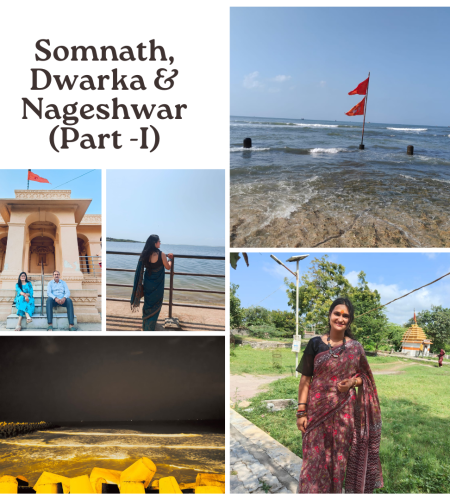
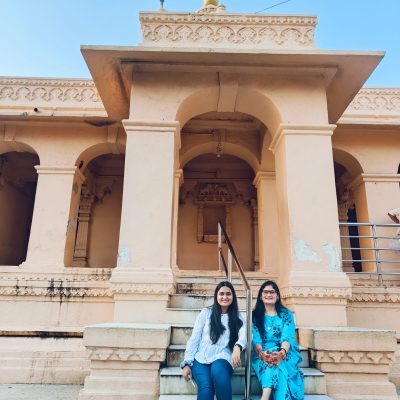
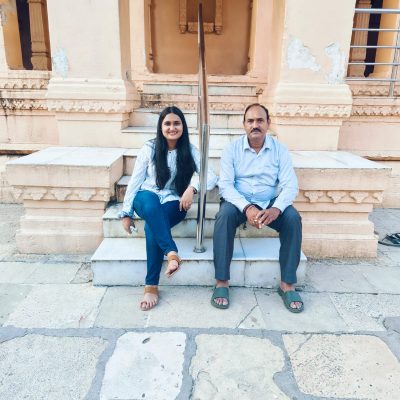
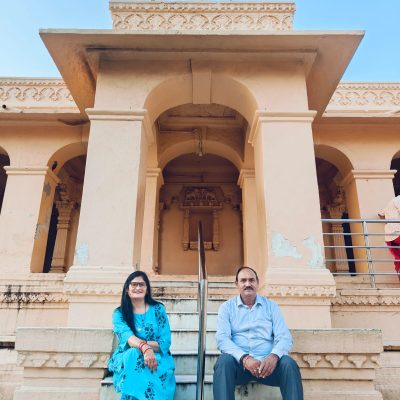
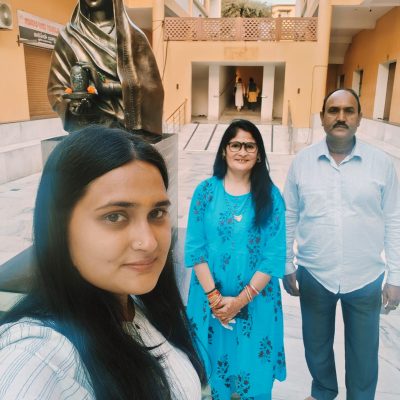
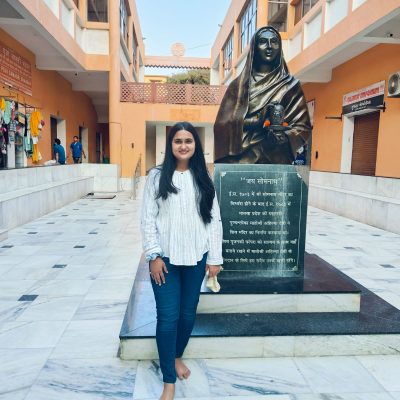
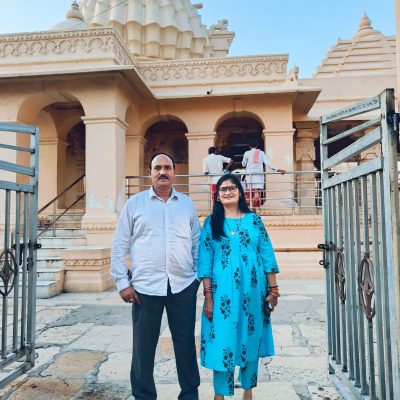
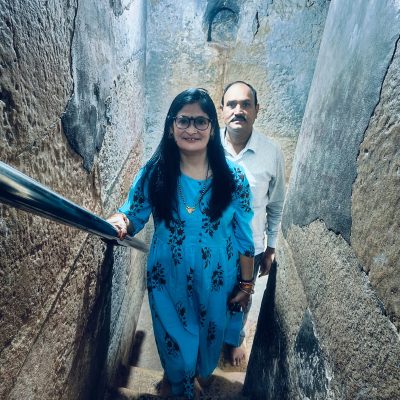
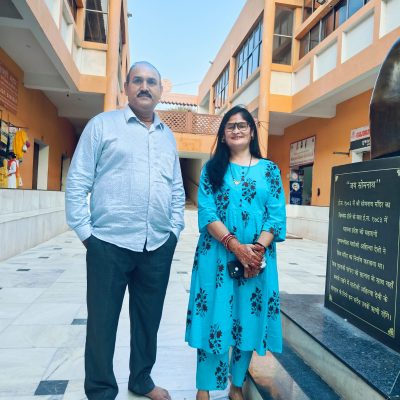
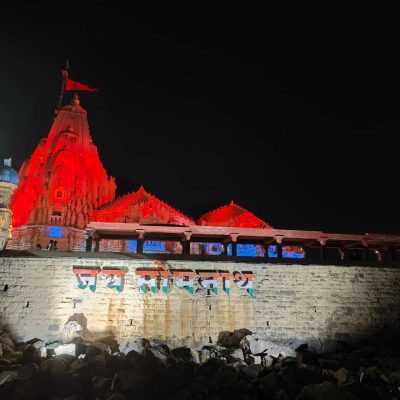
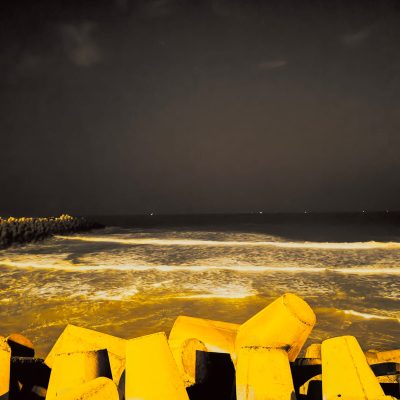
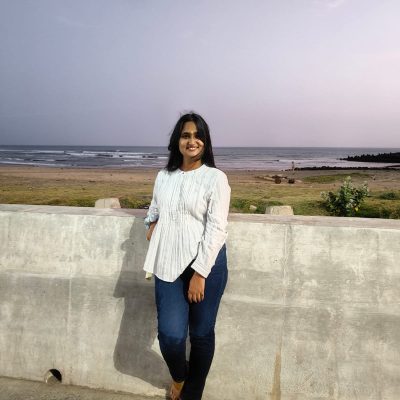
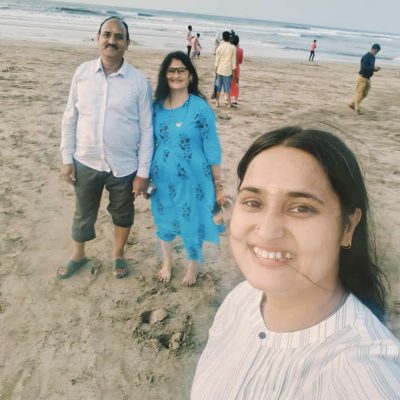
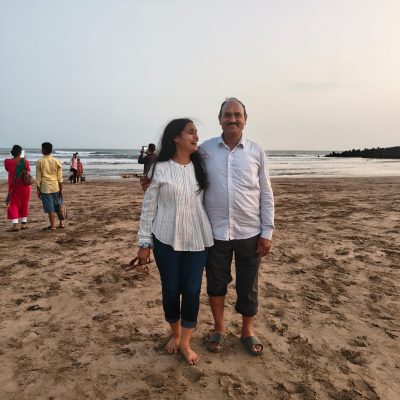
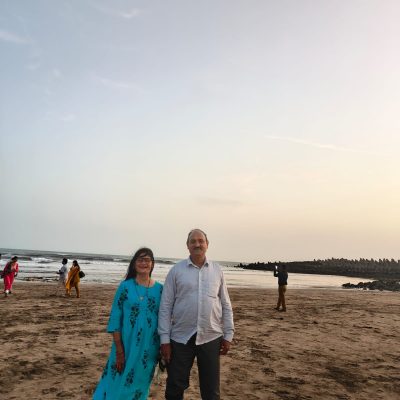
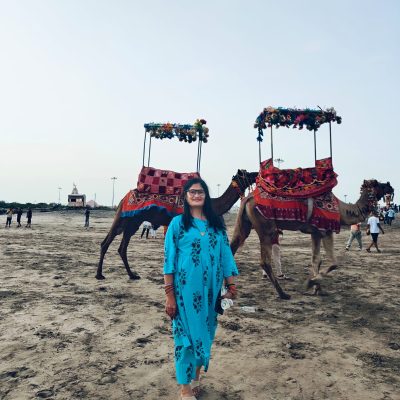
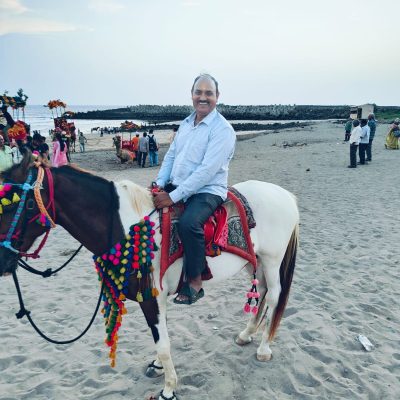
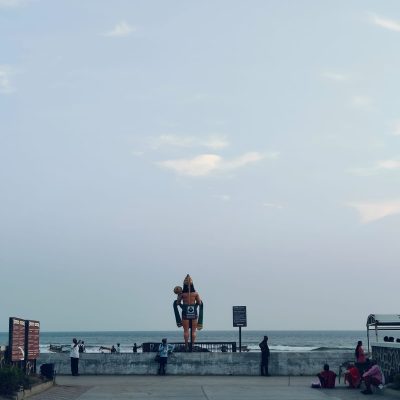
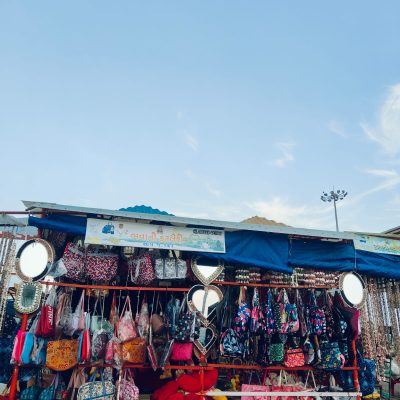
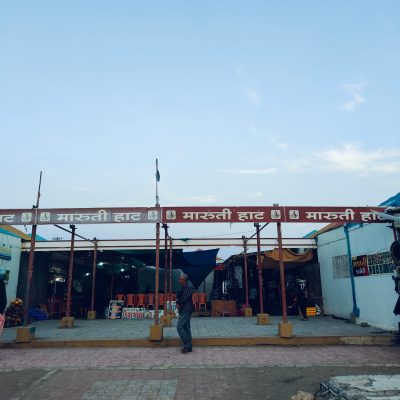
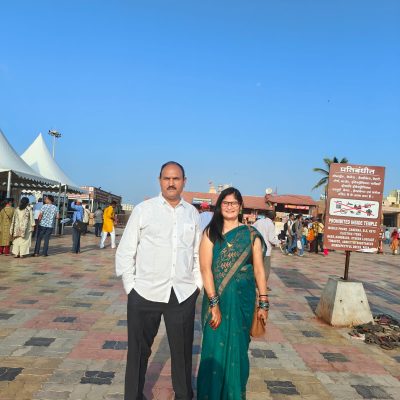
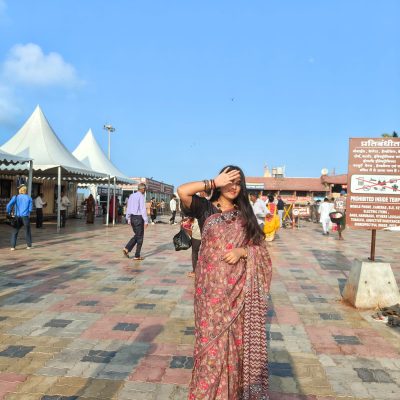
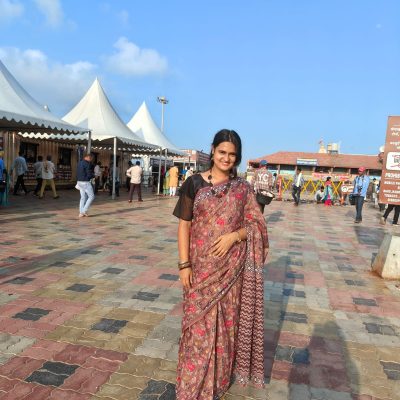
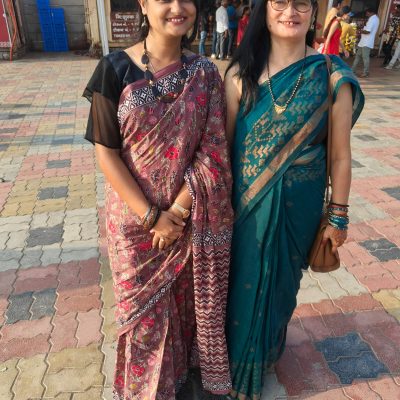
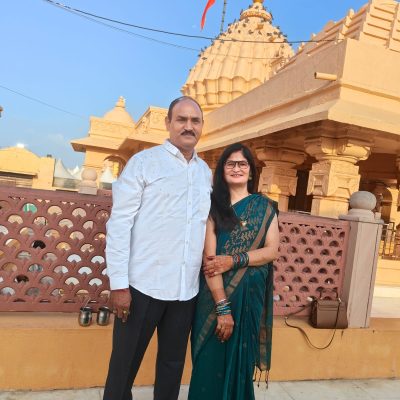
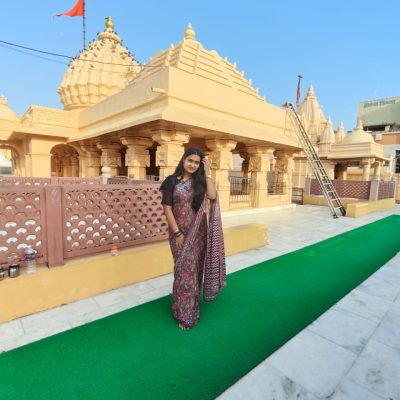
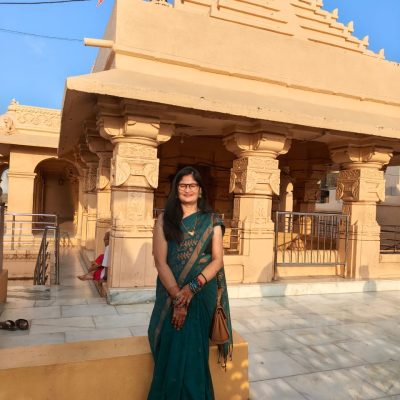
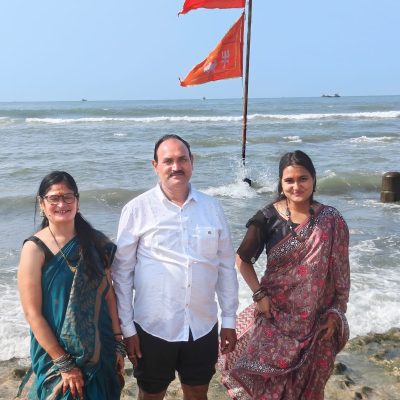
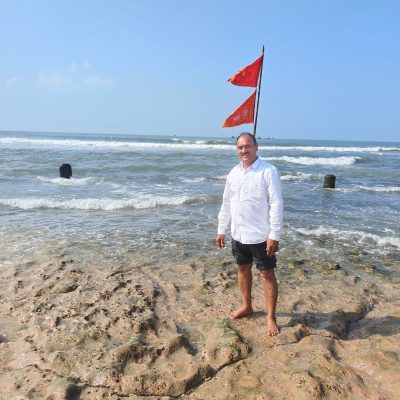
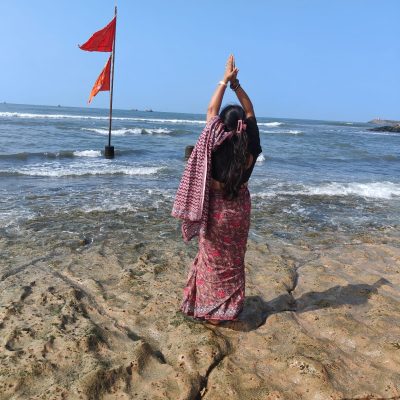
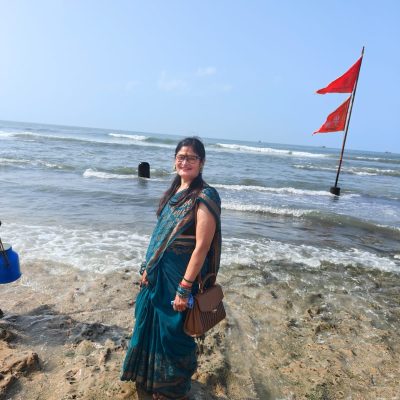
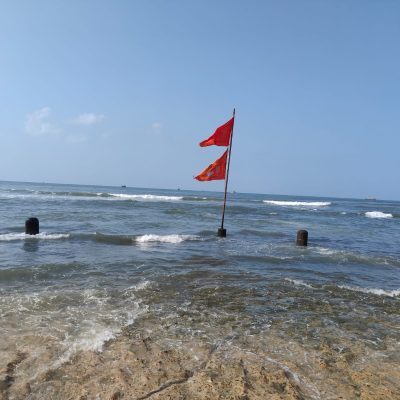
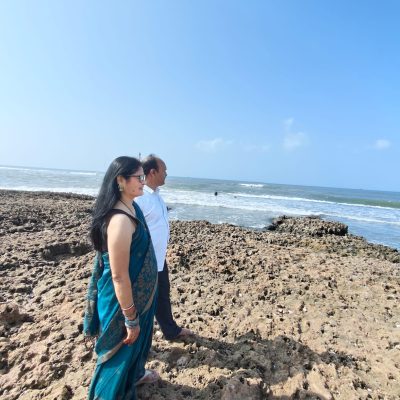
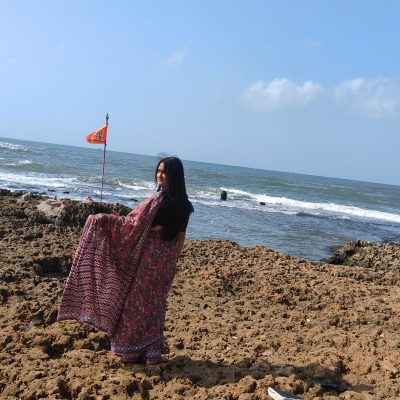
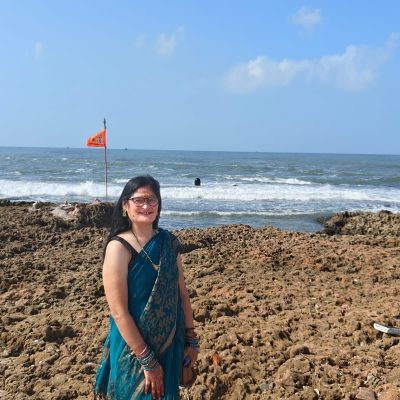
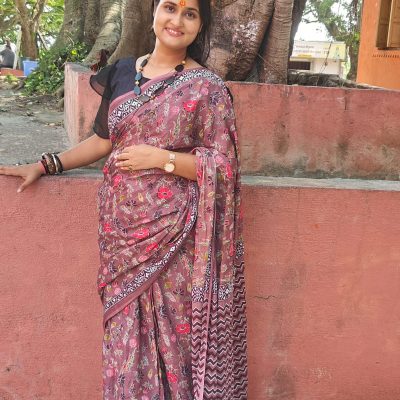
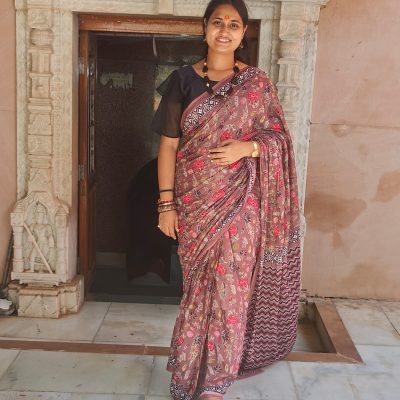
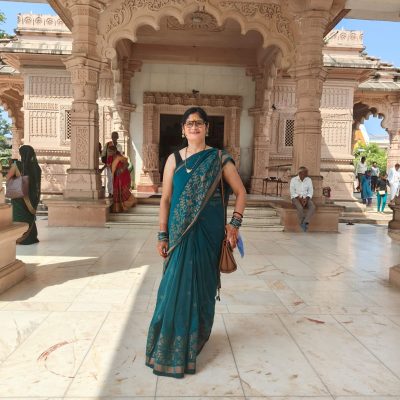
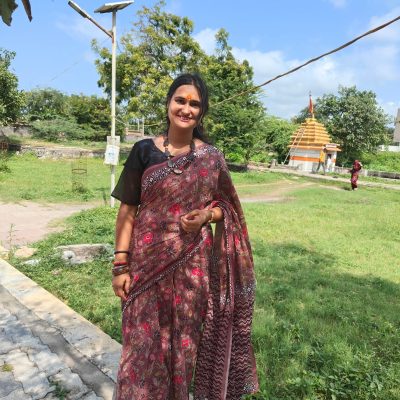
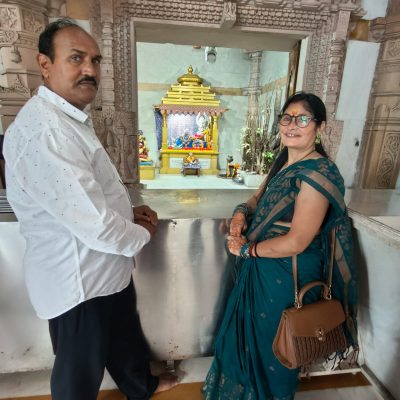
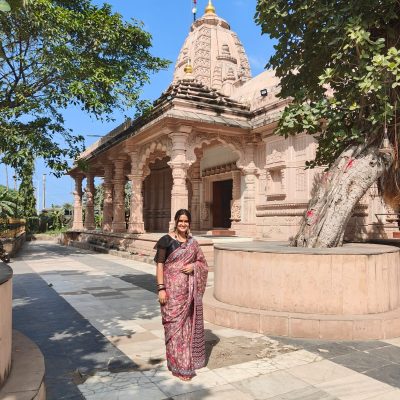
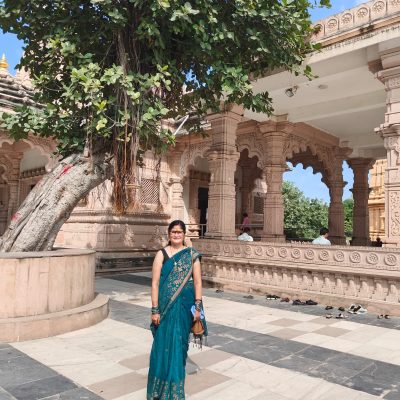
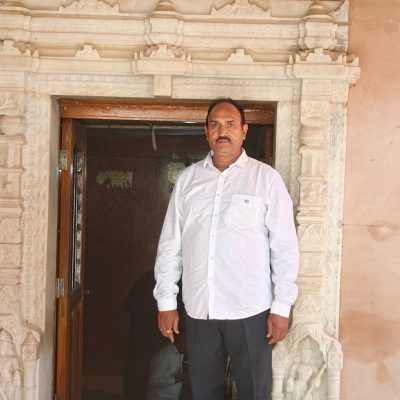
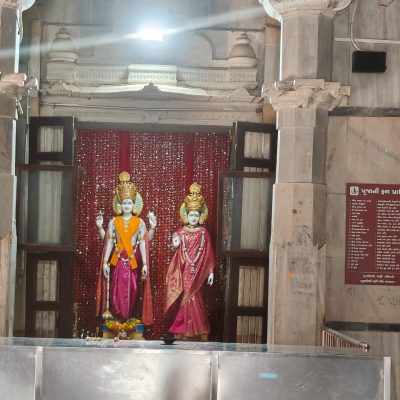
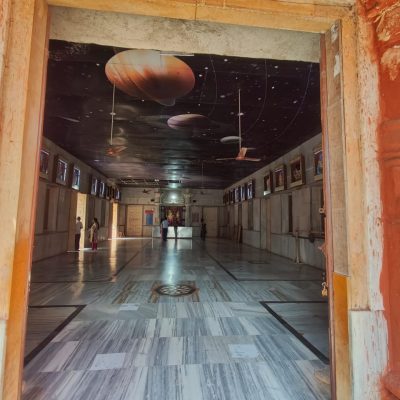
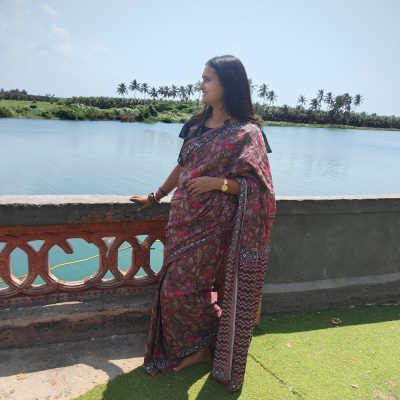
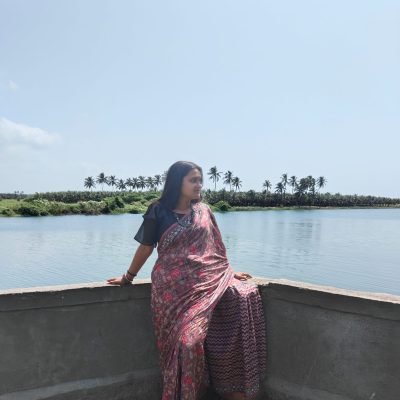
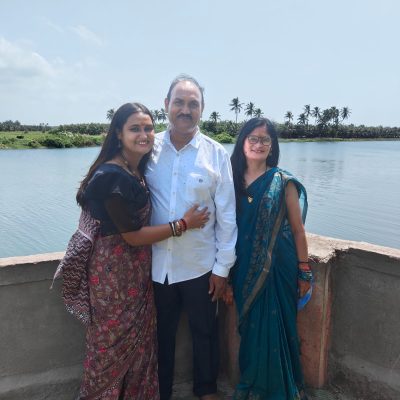
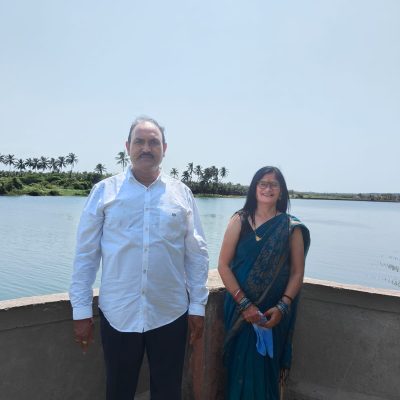
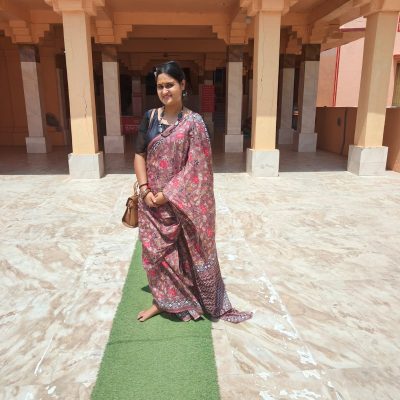
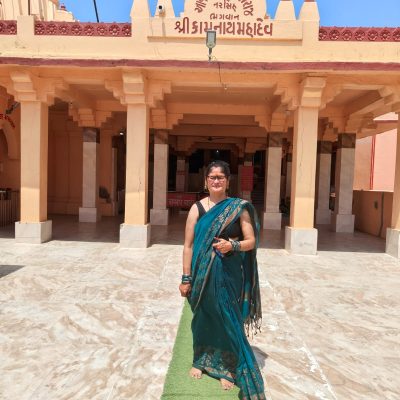
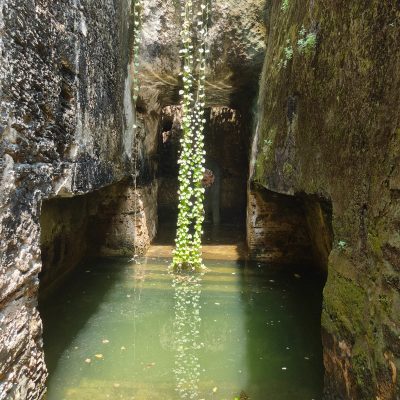
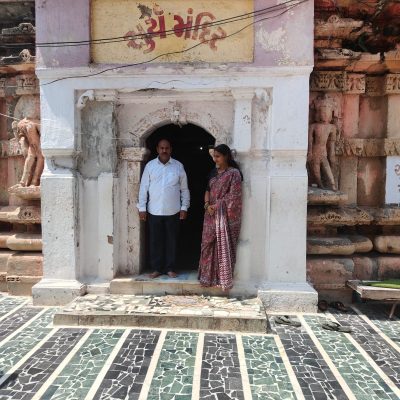
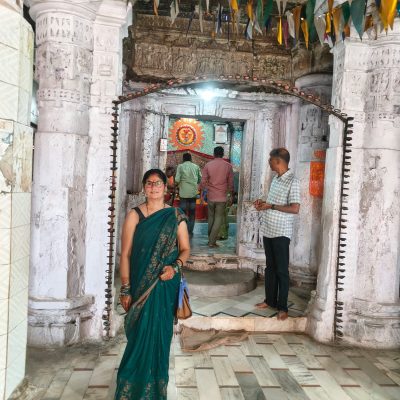
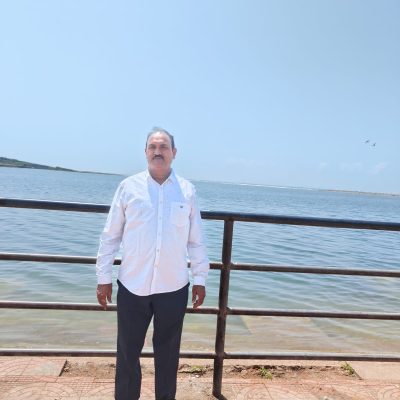
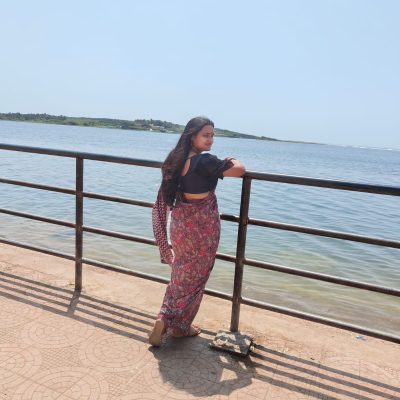
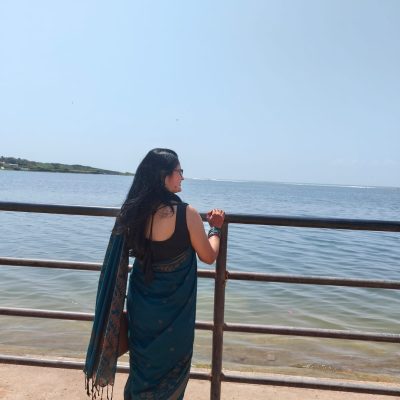
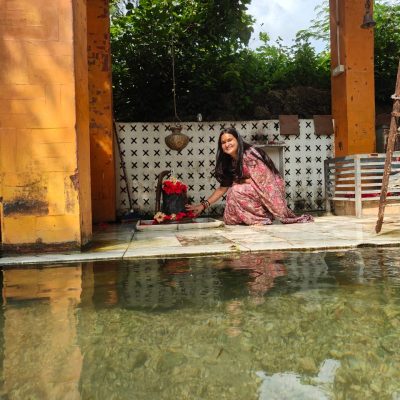
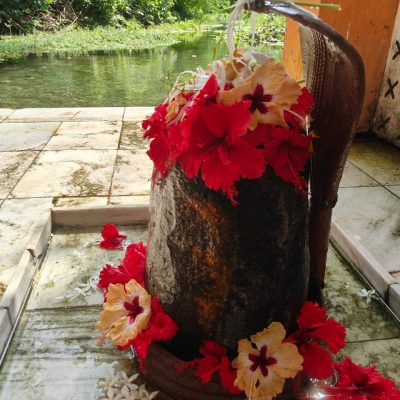
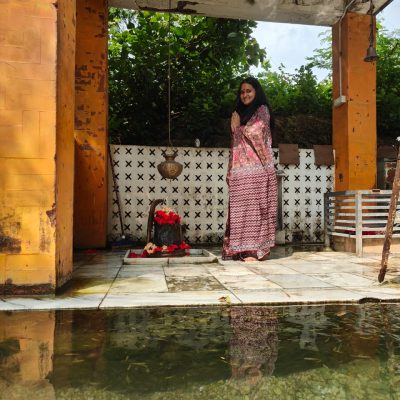
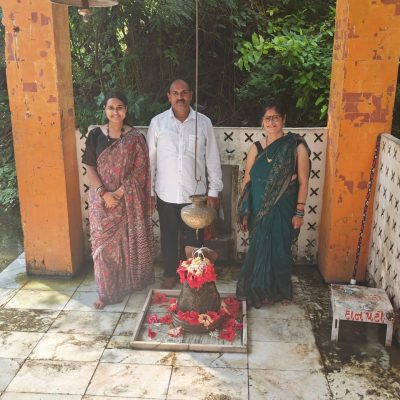
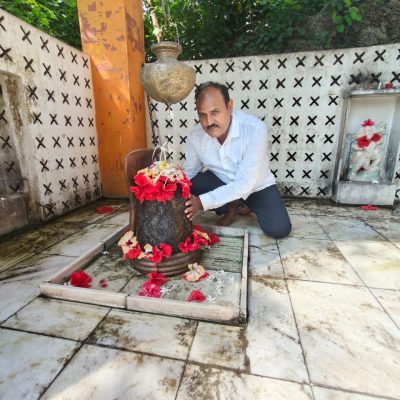
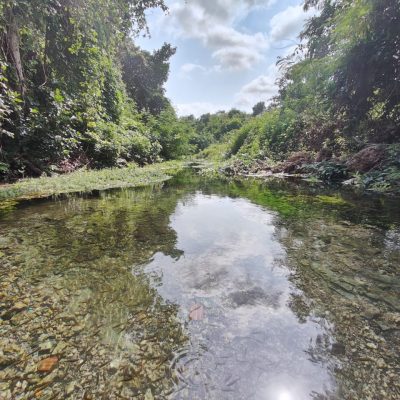
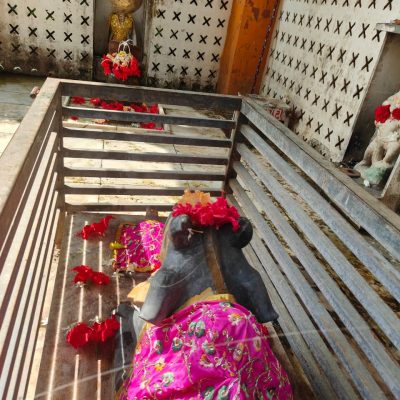
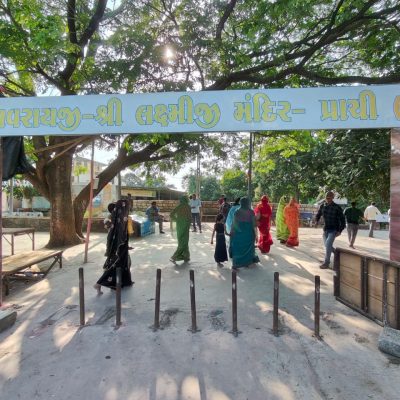
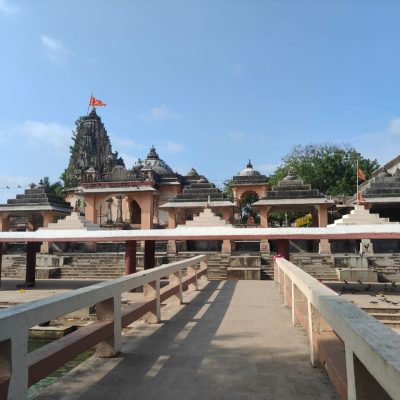

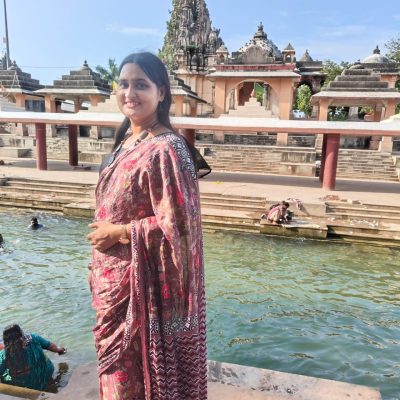
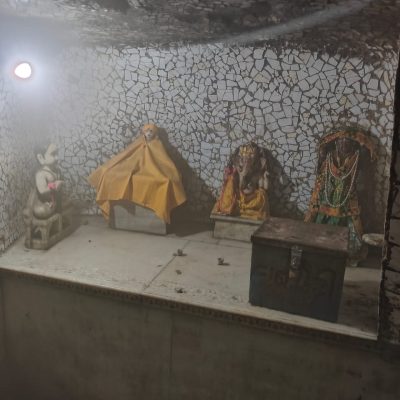
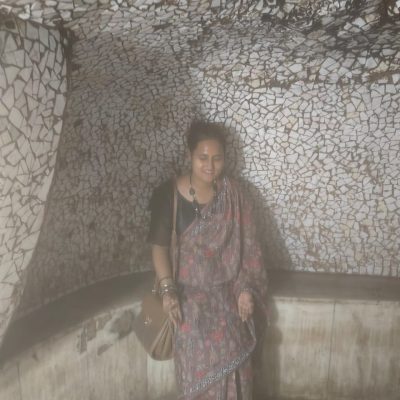
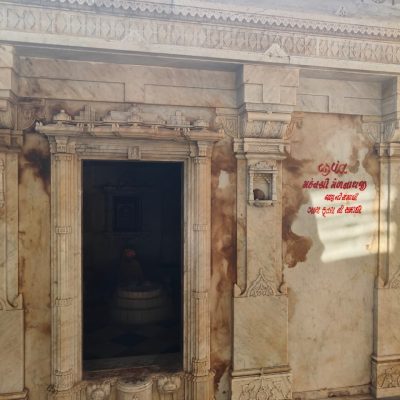
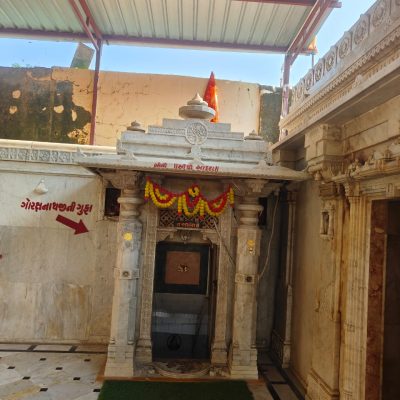
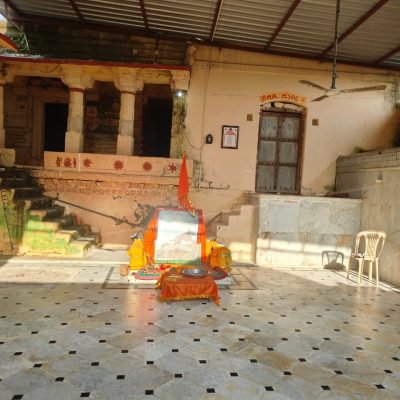
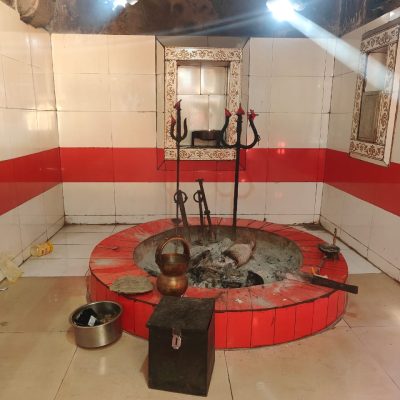
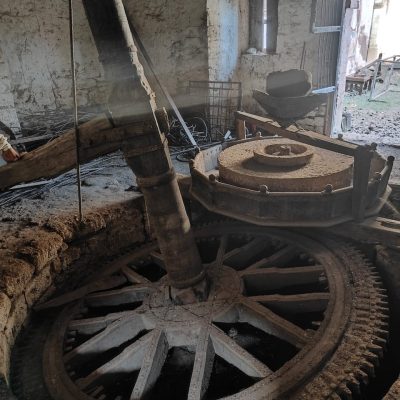
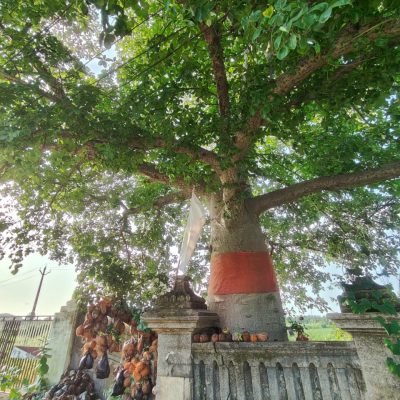
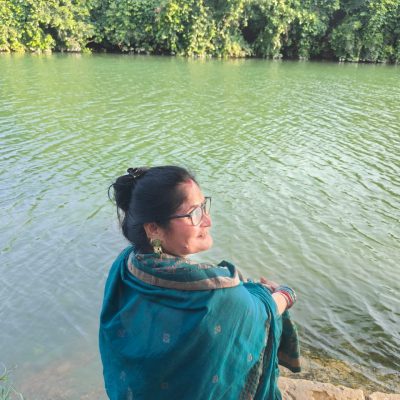
It’s great 👍
Thank you 🙂